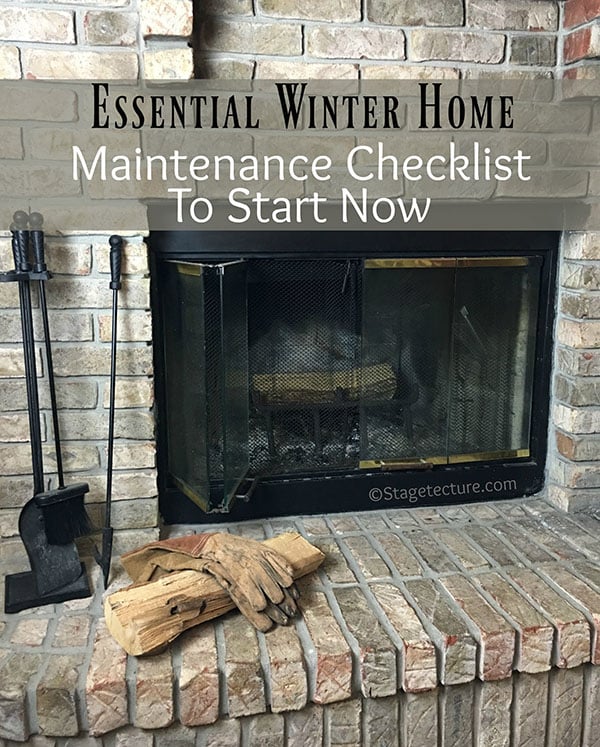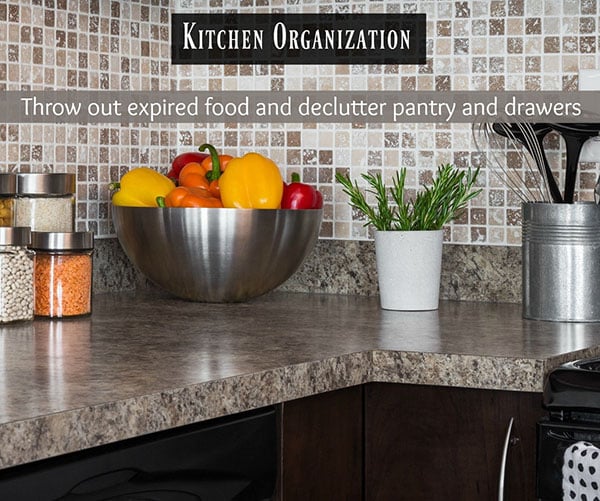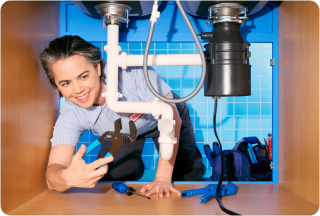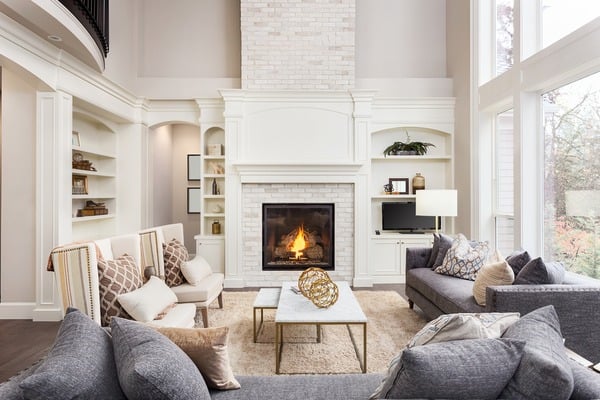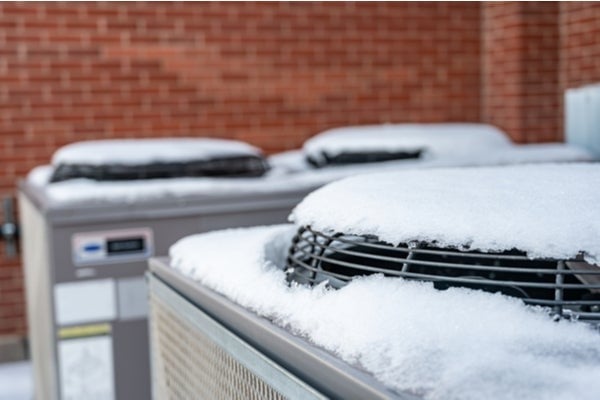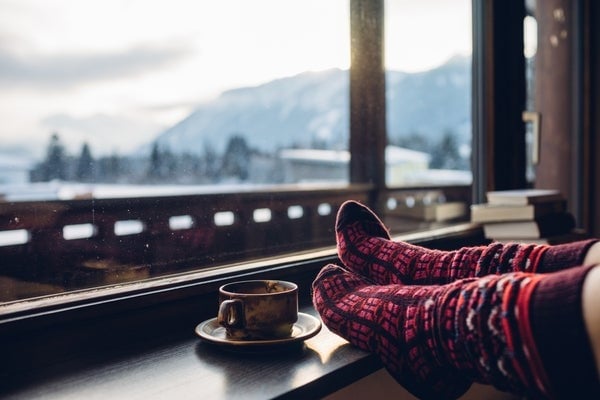For most homeowners, the thought of having to check your plumbing pipes inside and outside of the house is only thought of right before the first freeze of the season. The hibernation season means colder temperatures and this is the time to ensure your plumbing lines are ready:
1. Water Heater: Before the cold season fully sets in consider draining your water heater from sediment that has built up. Over time small pieces of sediments similar to small grains of sand can slowly shorten the life of your water heater. Consider draining it before winter temperatures plunge below freezing and your water heater has to work harder.
This hot water heater maintenance video from AHS can help.
2. Plumbing Pipes: Leave water dripping in your kitchen, bathrooms, laundry room, and any room you have sinks when temperatures are expected to plunge below freezing. Open under counter cabinet doors around pipes to keep air circulating.
3. Garden and Drain Hoses: Now that the weather is getting colder it is time to disconnect your garden hoses before water freezes inside of them! Disconnecting the hoses also helps your faucet not back up into your internal plumbing system inside your home when frozen.
- Preventative Measures: For exterior water pipes and pipes consider covering them with insulated sleeves. These will help your pipes stay warmer than the outdoor freezing temperatures.
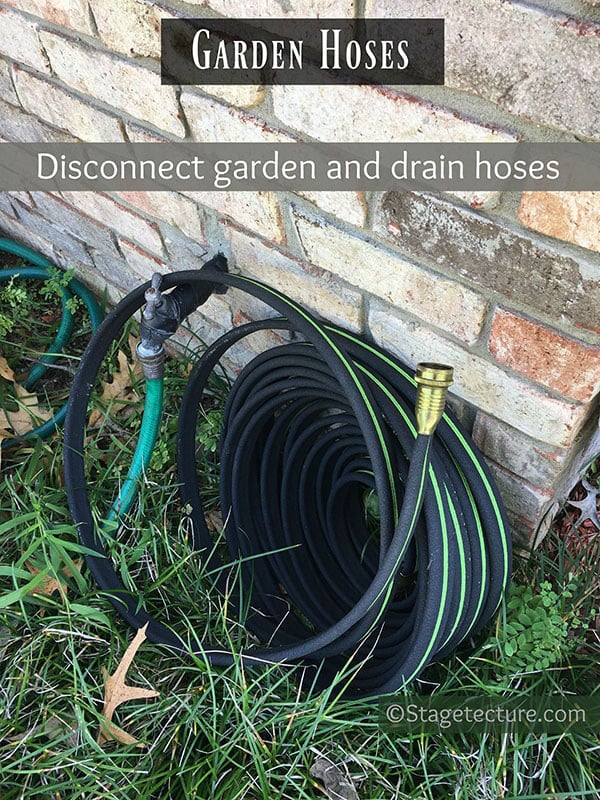
Ensure your Fireplace is Ready for a Warm, Crackling Fire:
When temperatures get cold many homeowners rely on their wood-burning fireplaces to help heat their homes. Unfortunately, many accidents occur during the winter season due to dirty chimneys and improper ventilation can cause smoke and carbon monoxide inhalation. Here are some tips to make sure your fireplace is ready:
4. Hire a professional chimney sweep: While there are creosote sweeping logs you can burn in your fireplace to remove creosote from your chimney, it is still important to have a professional take care of what you can’t see.
- A chimney sweep will:
- Inspect your chimney, smoke ducts, flue pipes
- Help prevent soot fires and gas emissions by inspecting the firebox, smoke shelf, and other areas of your fireplace that you can’t reach.
5. Tips you can do for fireplace safety: Once your fireplace is professionally cleaned each season try and keep the firebox free of soot and ashes before you start a new fire.
- Open a window: When using a fireplace allow for fresh air into your home to prevent smoke build-up. Don’t worry the air coming in will go up through the chimney.
- Keep flammable items away: Ensure furniture, throw rugs and blankets, pillows and other furnishings are at least 4-5 feet away from the fireplace while in use.
